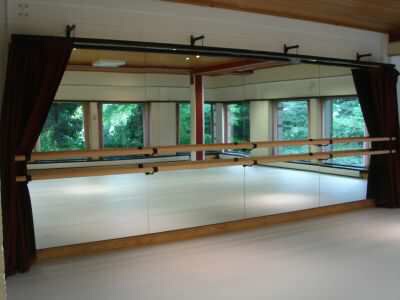Dear Parents and Guardians,
Yesterday, a fellow teacher friend of mine and I got to talking about some things in the dance world and finances came up. We started to then talk about how big of a double standard dance has when it comes to a lot of issues. In regards to it being an extra-curricular activity, it falls into the other activities as vocal lessons, piano, hockey, baseball, football, volleyball, etc.
Just like dance, you have to pay for those coaching and mentoring services. In dance, I feel like people are actually OKAY to go without paying their bills. In my experience across the country, people who are involved with club sports pay those bills on time without question.
In dance, if we sit a kid out because their parents didn’t pay their tuition, we become to mean teacher or owner. In sports, it’s just fine. In piano and vocal, you don’t get those lessons if you don’t pay. If a dance doesn’t show up to rehearsals and are pulled from dances, it’s mean and singling them out. In sports, it is understood that if you do not practice, you will be benched.
So why is it that dance has such a double standard? Do people think that all we do is frolic around in tutus and tights? The answer…? Absolutely we do not.
We don’t pull them to be mean or single them out. We pull them from their classes and dances because we must teach them that there is always a consequence for their behaviors, whether positive or negative. Trust me, we don’t want to pull them from dance. We know how much it hurts them and we know how much they love it. When we pull them from activities, remember that it is no one’s fault but yours. Most of them can’t drive and most of them don’t have the money to pay the bills that you signed a contract about. It is your responsibility to do so, so when I hold my end of the contract up, don’t come after me.
We teach them the responsibility or showing up prepared for classes. We teach them the value of teamwork and dedication. We teach them that there is a right and wrong way to do what we do. We teach them the importance of hard work and dedication. We instill in them that in order to grow, you must be dedicated and hard working. We show them that you don’t always get what you want, but you will get what you need. We teach these young adults to be athletes AND artists. We teach these kids the same exact things that sports teaches them. So why do people think it is okay to go without paying their bills?
For the most part, the money due to your studio is not staying within those walls. Studios serve as a service to transfer funds. Your costume money goes to the seamstress or the catalogue company that they ordered from, not the owner. Your rhineestone money goes to who we bought the rhinestones from, not the owner. Your competition fees go to the competition, not the owner. The convention fee goes to the convention for classes, not the owner. Even what you pay for tuition goes to things like paying the staff, electricity, water, cleaning supplies, office supplies, etc. So when youu are late on your bill, the studio is late on their bills. When you don’t pay your tuition, the teachers and studio owners and directors that you love so much and your kids admire can’t pay their bills.
So next time you think, “My dance bill can wait,” think again. Look at the bigger picture. This is just as much a business as your hairdresser, your nail tech, Starbucks and Walmart.
With all of this being said and off of my chest, understand that we do love your kids and truly appreciate your business. This is just a friendly reminder that while this is what we love and are passionate about that, at the end of the day, it is indeed a business.
Thank you,
#DanceTchrProbs

